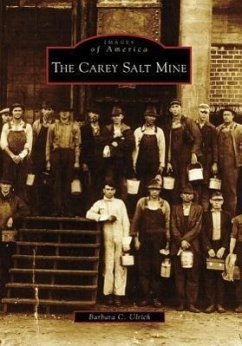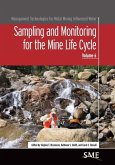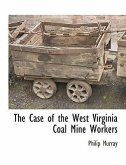In 1923, Kansas governor Johnathan Davis traveled to Hutchinson to dedicate Emerson Carey's new rock salt mine whose shaft provided access to an ancient salt bed 650 feet under the earth's surface. The Carey Salt Mine, advertised as "the most modern in the world," served as a companion to Carey's already-existing evaporation plants. Miners used the newest technology to blast and crush the mineral into gravel and haul it to the surface to provide rock salt for livestock, industries, and roads. Throughout the 20th century, thousands visited Carey's mining operations. Ever since the day Governor Davis presided over the opening ceremony, the Carey Salt Mine has served as a landmark for Hutchinson and helped shape its identity as "the Salt City."








